Silver Squill, Ledebouria socialis – Plant
₹350.00 Original price was: ₹350.00.₹299.00Current price is: ₹299.00.
(MRP Inclusive of all taxes)
- Shipping Rs 100 for entire order
- Dispatch in 8-10 days
- Country of origin: India
Description for Scilla Violacea, Ledebouria Pauciflora
Ledebouria socialis, the silver squill or wood hyacinth, is a geophytic species of bulbous perennial plant native to the Eastern Cape Province of South Africa. It was first described by John Gilbert Baker as Scilla socialis in 1870.
Planting and care
Use a soil based potting mixture and plant Ledebouria socialis bulbs in pans or half-pots. Pot up the bulbs in the spring, but no more than three bulbs in a single 10 to 15cm (4 to 6 inch) pot. Space the bulbs evenly over the surface and bury only the bottom half or each bulb in the potting mixture.
During the fist four or six weeks do not feed the plants and water sparingly, allowing the top half or the potting mixture to dry out between waterings. When the new roots should be well established, treat the plants in the normal way. Break up overcrowded clumps every two or there years.
Caring for Scilla Violacea
- Plant bulbs with their necks above soil level.
- In growth, water freely and apply a high potash fertilizer every 4 weeks, keep just moist in winter.
- Watering: During the active growing period water them moderately, allowing the top centimetre (0.4 inch) or so of the potting mixture to dry out before watering again.
- During the rest period water these plants only enough to prevent the mixture from drying out.
Typical uses of Scilla Violacea
Special features: This plant is suitable for growing indoors. It is very happy sitting in window sill too. It can be grown outside where there is no danger of frost. It is drought-tolerant and therefore it is suitable for xeriscaping.
Ornamental use: Ledebouria socialis growing herbaceous geophyte succulent of the genus Ledebouria is also known as Silver Squill, Ledebouria socialis perennial evergreen used as ornamental drought tolerant plant, can grow in the Mediterranean, subtropics climate or as a houseplant.
Be the first to review “Silver Squill, Ledebouria socialis – Plant” Cancel reply
Related products
Indoor Cactus & Succulents
Elephant bush, Portulacaria afra, Jade plant (Green) – Succulent Plant
Indoor Foliage Plant
Indoor Herbs & Edibles
Indoor Foliage Plant
Indoor Foliage Plant
Air Purifying Plants
Air Purifying Plants
Sansevieria trifasciata, Snake Plant (var. laurentii) – Plant
Indoor Foliage Plant



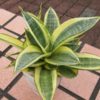

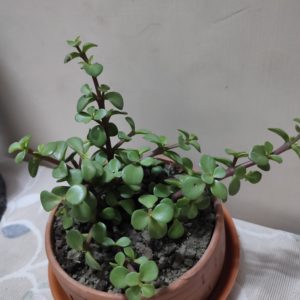



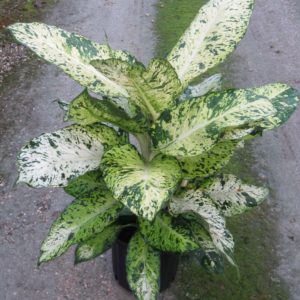
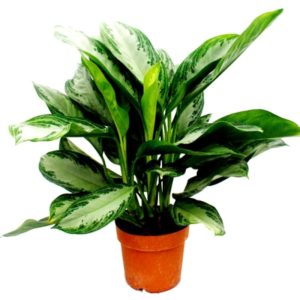
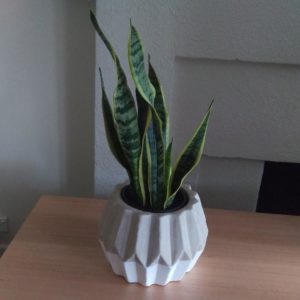
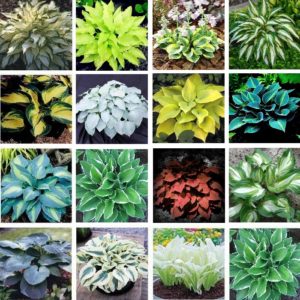
Reviews
There are no reviews yet.